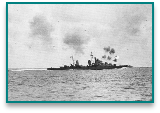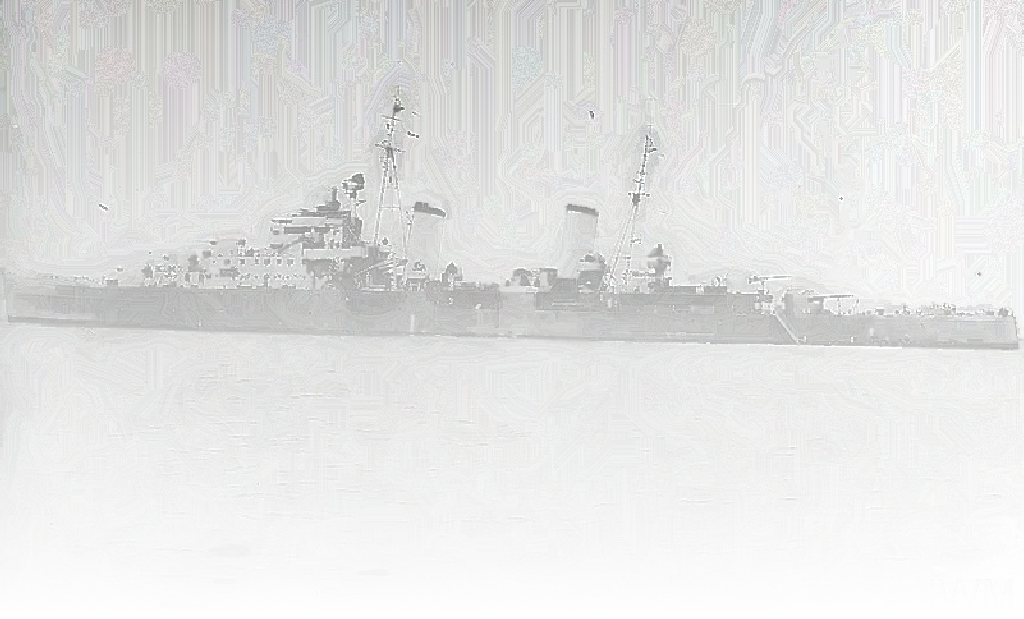
C93 dido class cruiser.. cruiser..
C93 Dido Class Cruiser | 1939-
HMS Naiad is recorded as having given distinguished service during the World War
II, particularly in the Mediterranean, including the defence of the Malta Convoys,
the evacuation of Crete and bombardments of North Africa. A 5,450 ton, Dido class
light cruiser, launched in 1939, her armaments included ten 5.25 guns, six 21"
torpedo tubes and sixteen other guns.
The Dido were originally built as anti aircraft cruisers, in support of the Royal navy capital ships, with a specific theater in mind, the Mediterranean Sea.
.
The Dido were highly influenced by the Arethusa-
Naiad itself, was ordered from R&W Hawthorn, Leslie & Co. Ltd., Hebburn-
After completion in July 1940, she joined the 15th Cruiser Squadron of the Home Fleet, and was utilised in maritime trade protection and convoy defence & patrol in the North Sea and North West approaches. On 28 Jan, 1941 she sighted the German battle cruisers Scharnhorst and Gneisenau just south of Iceland, but the cruiser lost the contact after a short time, while the German ships were forced to break off their attempt to steam into the Atlantic.
- 1939 (Feb) Launched
- 1940 (Jul) Commissioned
- 1940 (Aug) Work-
up at Scapa Flow with ships of 15th Cruiser Squadron - 1940 (Sept) Home Fleet convoy defence and patrol duties in North Sea and NW Approaches
- 1940 (Nov) Deployed to patrol Bay of Biscay alongside HMS’ Hood and Renown
- 1940 (Dec) Redeployed to Scapa Flow with Home Fleet for convoy defence and interception duties
- 1941 (Jan) During Northern Patrol sighted Scharnhorst and Gneisenau
In May 1941 she was based in Malta as flagship of 15th Cruiser Squadron in Force-
- 1941 (Apr) Transferred to reinforce Mediterranean Fleet at Alexandria
- 1941 (May-
Jun) Malta Convoys - 1941 (Jun-
Jul) Bombardment of Vichy forces (sea borne and shore) Syria and Beirut - 1941 (Oct-
Nov) Eastern Mediterranean Squadron duties in support of military operations in the Western Desert. - 1941 (Dec) Malta Convoys
On 9 Mar, 1942, Naiad sailed from Alexandria as flagship of a cruiser force, consisting of the cruisers HMS’ Dido, Euryalus, and the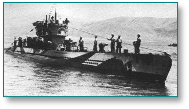 destroyers HMS’ Kipling, Kelvin, Lively, Sikh, Zulu, Hasty, Havock and Hero to attack a reported damaged Italian cruiser, but this report proved to be incorrect and the ships turned back from Malta to Alexandria accompanied by HMS’ Cleopatra and Kingston. The task force was unsuccessfully attacked several times during their voyage, by Italian torpedo planes and German bombers.
destroyers HMS’ Kipling, Kelvin, Lively, Sikh, Zulu, Hasty, Havock and Hero to attack a reported damaged Italian cruiser, but this report proved to be incorrect and the ships turned back from Malta to Alexandria accompanied by HMS’ Cleopatra and Kingston. The task force was unsuccessfully attacked several times during their voyage, by Italian torpedo planes and German bombers.
At approximately 20:00hrs on 11 March, Naiad, bearing the flag of Rear Admiral Vian and commanded by Capt G. Grantham, DSO, was hit by one torpedo on her starboard side amidships from German U-
77 members of the crew were lost* with 582 survivors.
Builder:
Hawthorn Leslie, Hebburn-
Laid Down: 26th August 1937
Launched: 3rd February 1939
Commissioned: 24th July 1940
Sunk: 11th March 1942
Complement: 530 (556 as a flagship)
Displacement: 5,450 tons
Speed: 33 Kts
Penant: C93
Armaments:
10 x Ten 5.25 inch de-
8 x 2pdr anti-
8 x 0.5 inch machine guns in fours
6 x 21 inch torpedo tubes in threes
Dido Class AA Cruiser

Above -
© IWM
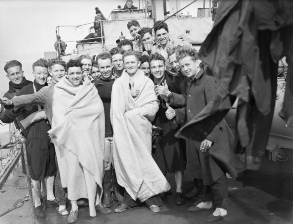
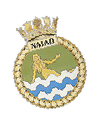



HMS NAIAD Association association
Find us on Facebook
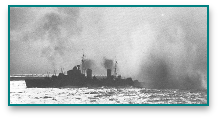
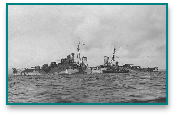
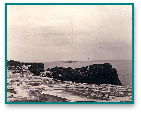
Click photos to enlarge

Acknowledgements
Naval History.Net | WW2 Cruisers | Imperial War Museum
* The number of casualties (killed, died or missing) when a ship is lost or damaged often vary from source to source. There are a number of reasons for this, which are sometimes a matter of definition, and are difficult to verify exactly. The HMS Naiad website does not claim to display the exact number of casualties as it’s difficult to reconcile the many different figures available on the Internet from different sources. Our aim is to honour the memory of those who served aboard. If any errors or omissions are identified please contact the association and we will be happy to make corrections or amendments within reason.
© HMS Naiad Association

